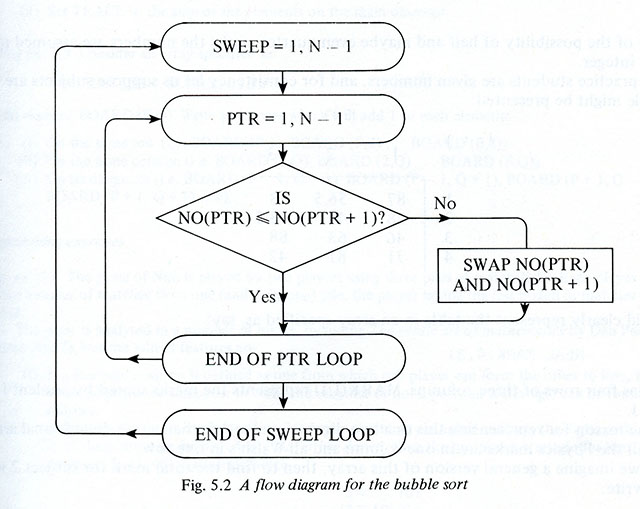In The Princeton Companion to Applied Mathematics we used the conventions that the constants e (the base of the natural logarithm) and i (the imaginary unit), and the d in derivatives and integrals, are typeset in an upright font. These conventions are part of an ISO standard, ISO 80000-2:2009. The standard is little-known, though there is an excellent article about it in TUGboat by Claudio Beccari, and Kopka and Daly’s A Guide to has a page on the standard (in section 7.4.10 of the fourth edition and section 5.4.10 of the third edition).

The standard goes into great detail about how all kinds of mathematical notation should be typeset. It is unclear how the typesetting choices were made or who was on the technical committees that made them. Nevertheless the recommendations are well thought-out.
The most interesting aspects of the standard concern the use of an upright versus a sloping font, which in practice usually amounts to roman versus italic.
- Variables and generic functions are written in italic. This, of course, is standard practice.
- Mathematical constants whose values do not change are written in roman. Thus e, i, and
should be in roman font. However, standard
fonts do not have upright lower case Greek letters, so an italic
is unavoidable.
-
Mathematical functions with a fixed meaning, such as exp and sin, are written in roman. Of course,
has such definitions built in for many standard functions, but it is a common error for inexperienced users to write, for example,
$sin(x)$(giving) instead of
$\sin(x)$(giving). The best way to define macros for additional functions is via
\DeclareMathOperator, assuming you are using theamsmathpackage:\DeclareMathOperator{\diag}{diag} - Mathematical operators are written in roman. This includes the d in derivatives and integrals.
Although the second and fourth of these rules are not widely followed, they are appealing in that they distinguish variable quantities from fixed ones.
There are some subtleties and some dubious cases.
- A capital delta may appear in both forms: as an operator, hence roman, as in the forward difference operator
; and combined with a letter to denote a variable, hence italic, as in
(where in
the latter delta is typed as
\mathnormal{\Delta}). - The ISO standard explicitly says that named polynomials, such as the Chebyshev polynomials, should be written in roman:
instead of
. This certainly follows the rules above, since such polynomials have a fixed meaning, but I have never seen the upright font being used for such polynomials in practice.
I’ve started to use rules 1–4 in my recent papers, most thoroughly in this recent EPrint on matrix functions, and intend to use them in my future writing. In doing so, I am using the following macros, based on those suggested in Beccari’s article.
% The number `e'.
\def\eu{\ensuremath{\mathrm{e}}}
% The imaginary unit.
\def\iu{\ensuremath{\mathrm{i}}}
% The differential operator.
\def\du{\ensuremath{\mathrm{d}}}
The \ensuremath is not essential, but it means that you can type \eu, etc., outside math mode—for example, in the phrase “the limit of this sequence is \eu”. You may want to rewrite the \def commands using \newcommand, so that if the \eu command has already been defined an error will be issued:
\newcommand{\eu}{\ensuremath{\mathrm{e}}}
With these definitions the example at the start of this article is typed as
\int_C\frac{\eu^z}{z}\,\du z = 2\pi\iu.
Note that if you are using Beamer with the recommended sans serif fonts then mathrm should be replaced by \mathsf in these definitions.
Obtaining the Standard
If you wish to download the ISO standard document from the link given at the start of this post you will be charged the princely sum of around $150 for it! If the aim of the ISO is that the standard becomes adopted then this appears counterproductive. However, it is easy to find a freely downloadable version via a Google search.










 ” alt=”rohl73.jpg” width=”265″ height=”369″ /> </td><td>
” alt=”rohl73.jpg” width=”265″ height=”369″ /> </td><td>





 I rarely take wildlife photographs, not least due to lack of time, but occasionally an opportunity presents itself. The next image was captured just two blocks from the conference hotel, thanks to an unusually tame buzzard who was happy to pose for my camera.
I rarely take wildlife photographs, not least due to lack of time, but occasionally an opportunity presents itself. The next image was captured just two blocks from the conference hotel, thanks to an unusually tame buzzard who was happy to pose for my camera. 

